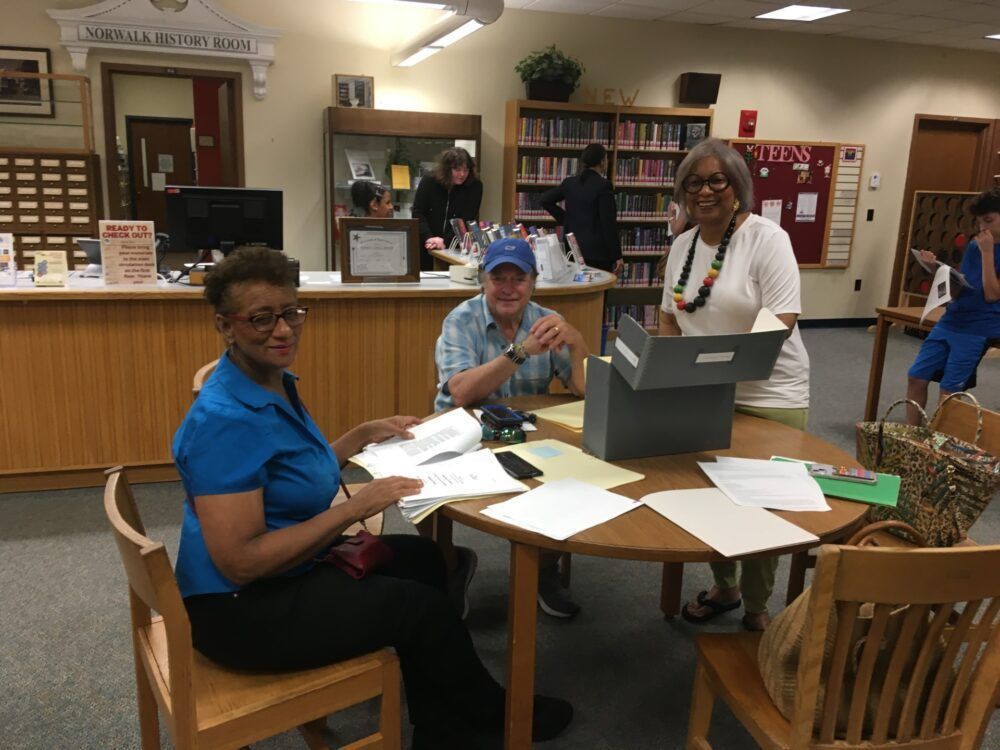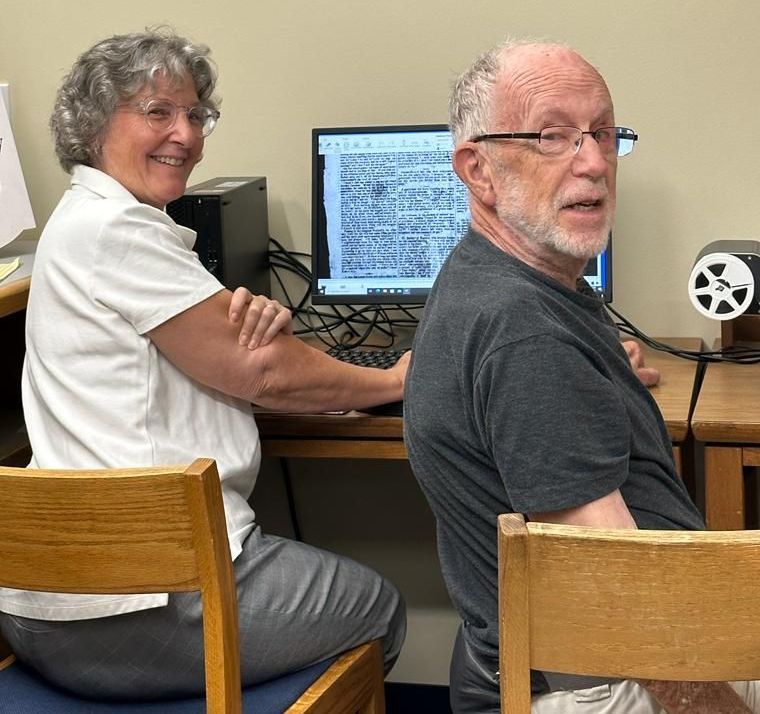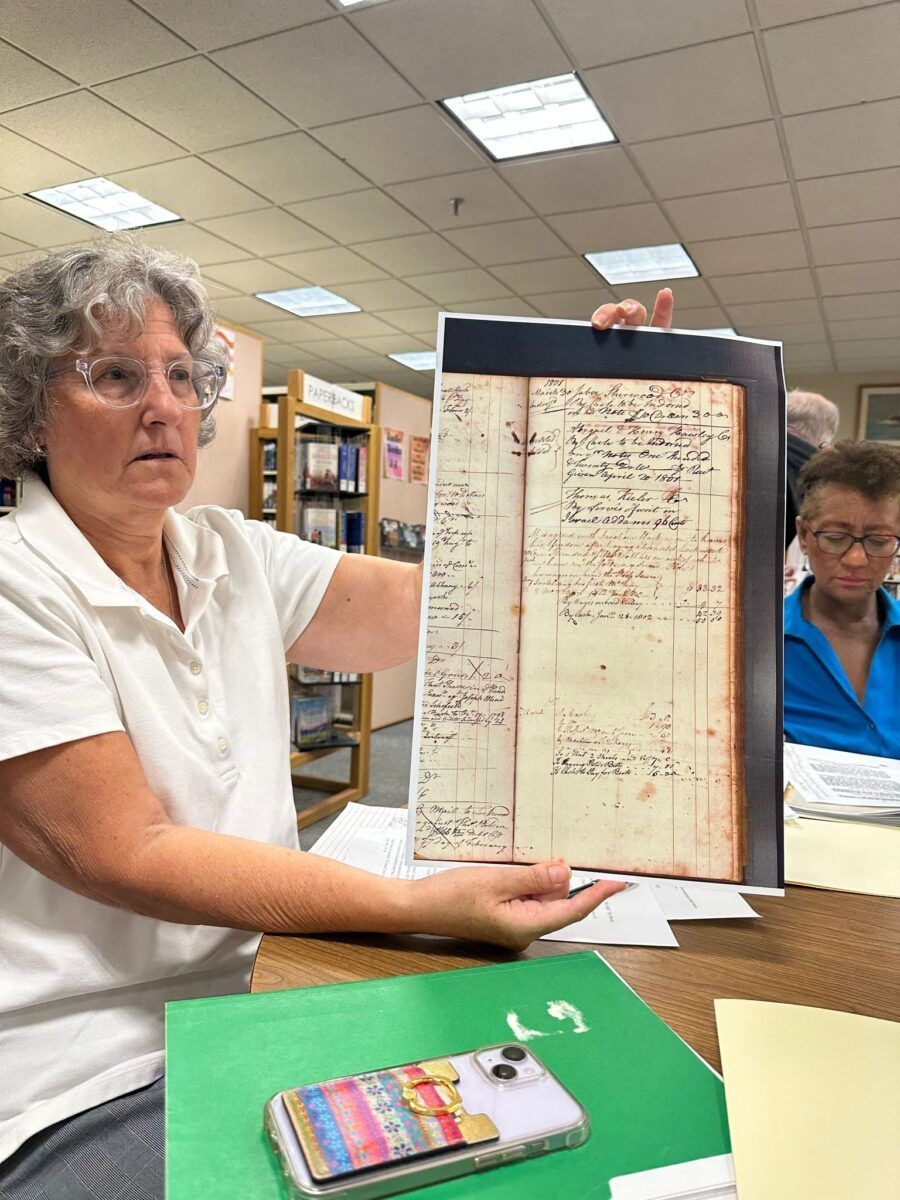St. Paul's on the Green History Project

The St. Paul's History Project
The 236 ECCT Convention to directed “each Parish, Worshipping Community, and Intentional Episcopal Community to take steps to discover and document historic complicity in racism in their parish and communities.” As participants in the body of Christ, there is a need to uncover and acknowledge our past as a may to to build awareness, understanding, and reconciliation, as we seek to realize the Beloved Community envisioned by Jesus. In response to this, a group of St. Paul’s parishioners have joined with neighboring parishes to explore the history of the area and St. Paul’s place in that history. The group meets regularly to research historical document, catalogue findings, and prepare reports. Watch the culmination of the first year of research in the presentation Unveiling the Legacy.




